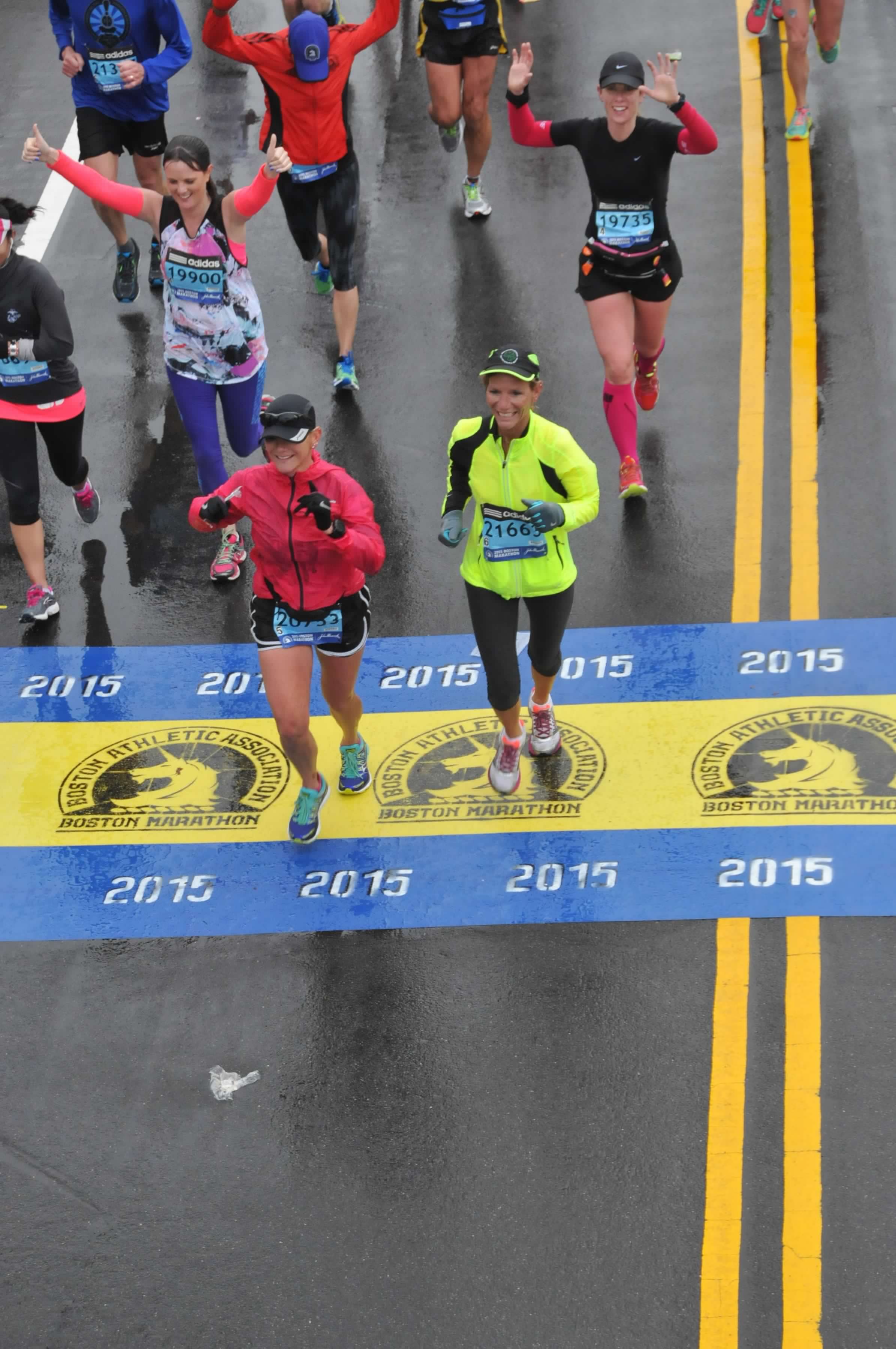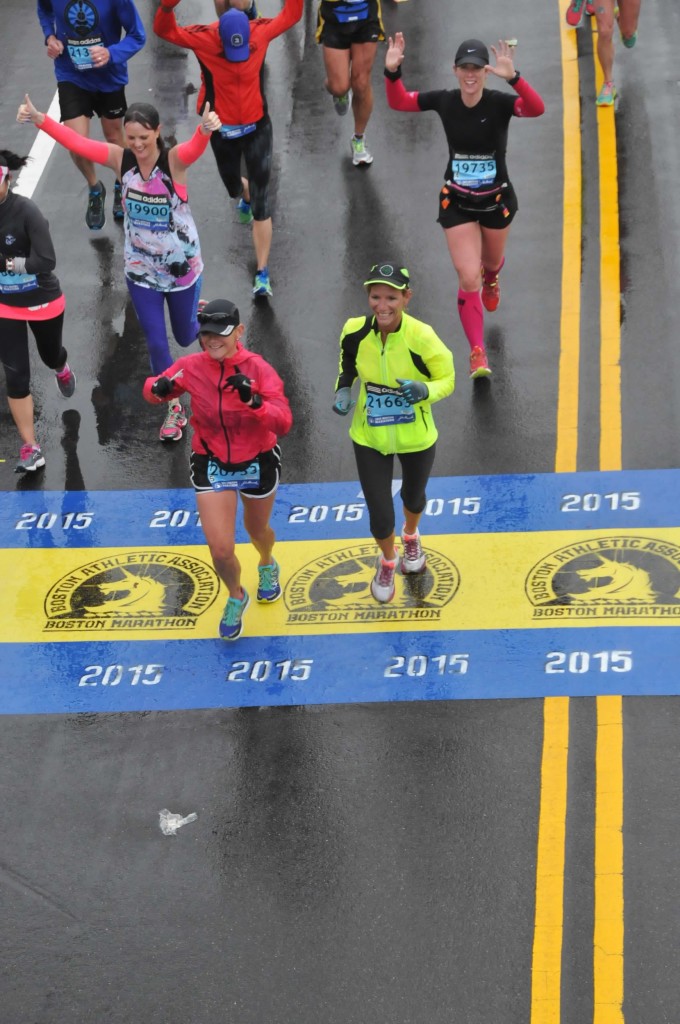From the Bike to Boylston: Cross-training gets it done


Cross-training: most runners know how important it is to overall fitness and I can attest to that as it’s playing a significant role in my own current training schedule.
I touched on this building phase of my training in a previous blog and the patience it’s requiring to hold back from going too hard out of the gates. My schedule right now has me cross-training every other day (my non-run days). I have the go-ahead from my coach, Jason Warick, to work as hard as I want on cross-training days as long as the exercise is low-impact.
I’ve taken to stationary biking because it allows me to really get going and push hard. With a background in hockey, I can also get a pretty good workout in on roller blades, but I’ve been finding I get the most out of the bike. I’m noticing I’m feeling strong and that the foundation Jason speaks of building is in fact being built. I’m also realizing how valuable it is to become accustomed to cross-training. You never know when it may save your butt.
Saskatonian Stacey Mortenson-Spokes is an excellent example of this. She cross-trained her way to this year’s Boston Marathon.
Stacey was six weeks out from her third Boston Marathon when she injured her hip. She had two long runs in the books at the time of her injury and wasn’t sure if she’d be able to run again before the race, so she turned to her road bike on a stationary trainer. Admittedly skeptical at first, she says it was a major educational experience.
Being that the bike is low-impact, she could put in the miles and intensity necessary to keep up her fitness. She learned a lot about zones and gears and how to simulate running while riding the stationary bike.
As she explains: “I did many higher zone/gear workouts to simulate hills as well as various interval workouts to stimulate the same physiological systems that running would. I basically only ran four or five times in those six weeks so I didn’t need a traditional taper and biked many quality workouts.”
When race day came, she felt prepared and set a pace comparable to her original goal. She was thrilled in the last five kilometres to feel she still had plenty of juice left to get her to Boylston Street, feeling strong.
“My last two kilometres were my fastest! I was so relieved and overjoyed to have not only finished strong but to have achieved the best time of my three Boston marathons that I had trained for by running a lot more!”
Stacey is going to keep bike workouts in her training schedule and says she encourages all runners to do so.
The power of cross-training: a great lesson for all runners to learn.


